AI for Earth and Space: Call for researchers and experts
Sunday, 06 February 2022 07:38 Frontier Development Lab (FDL) is kicking off its 7th year with a call for applications and the search for an expanded faculty. This year will be the program's biggest and most ambitious to date, with more teams tackling challenges in space, Earth science and energy domains.
FDL is a public-private partnership between NASA, DOE, the SETI Institute, Trillium Technologies, the European Space
Frontier Development Lab (FDL) is kicking off its 7th year with a call for applications and the search for an expanded faculty. This year will be the program's biggest and most ambitious to date, with more teams tackling challenges in space, Earth science and energy domains.
FDL is a public-private partnership between NASA, DOE, the SETI Institute, Trillium Technologies, the European Space Warps drive disruptions in planet formation in young solar systems
Sunday, 06 February 2022 07:38 A new study from the University of Warwick demonstrates the impact of passing stars, misaligned binary stars and passing gas clouds on the formation of planets in early star systems. Scientists have modelled how cosmic events like these can warp protoplanetary discs, the birthplaces of planets, in the early evolution of solar systems. Their results are published today in the Astrophysical Journa
A new study from the University of Warwick demonstrates the impact of passing stars, misaligned binary stars and passing gas clouds on the formation of planets in early star systems. Scientists have modelled how cosmic events like these can warp protoplanetary discs, the birthplaces of planets, in the early evolution of solar systems. Their results are published today in the Astrophysical Journa Astronomers trace galaxy flows across 700 million light years
Sunday, 06 February 2022 07:38 Everything in our universe moves, but the timescales needed to see motion are often vastly greater than human lifetimes. In a major new study, a team of astronomers from the University of Hawaii Institute for Astronomy (IfA), University of Maryland and University of Paris-Saclay has traced the movement of 10,000 galaxies and clusters of galaxies, the dominant congregations of matter, within 350
Everything in our universe moves, but the timescales needed to see motion are often vastly greater than human lifetimes. In a major new study, a team of astronomers from the University of Hawaii Institute for Astronomy (IfA), University of Maryland and University of Paris-Saclay has traced the movement of 10,000 galaxies and clusters of galaxies, the dominant congregations of matter, within 350 Too many disk galaxies than theory allows
Sunday, 06 February 2022 07:38 The Standard Model of Cosmology describes how the universe came into being according to the view of most physicists. Researchers at the University of Bonn have now studied the evolution of galaxies within this model, finding considerable discrepancies with actual observations. The University of St. Andrews in Scotland and Charles University in the Czech Republic were also involved in the study.
The Standard Model of Cosmology describes how the universe came into being according to the view of most physicists. Researchers at the University of Bonn have now studied the evolution of galaxies within this model, finding considerable discrepancies with actual observations. The University of St. Andrews in Scotland and Charles University in the Czech Republic were also involved in the study. Puffy planets lose atmospheres, become Super Earths
Sunday, 06 February 2022 07:38 Exoplanets come in shapes and sizes that are not found in our solar system. These include small gaseous planets called mini-Neptunes and rocky planets several times Earth's mass called super-Earths.
Now, astronomers have identified two different cases of "mini-Neptune" planets that are losing their puffy atmospheres and likely transforming into super-Earths. Radiation from the planets' sta
Exoplanets come in shapes and sizes that are not found in our solar system. These include small gaseous planets called mini-Neptunes and rocky planets several times Earth's mass called super-Earths.
Now, astronomers have identified two different cases of "mini-Neptune" planets that are losing their puffy atmospheres and likely transforming into super-Earths. Radiation from the planets' sta How Dark Matter Could Be Measured in the Solar System
Sunday, 06 February 2022 07:38 Pictures of the Milky Way show billions of stars arranged in a spiral pattern radiating out from the center, with illuminated gas in between. But our eyes can only glimpse the surface of what holds our galaxy together. About 95 percent of the mass of our galaxy is invisible and does not interact with light. It is made of a mysterious substance called dark matter, which has never been directly me
Pictures of the Milky Way show billions of stars arranged in a spiral pattern radiating out from the center, with illuminated gas in between. But our eyes can only glimpse the surface of what holds our galaxy together. About 95 percent of the mass of our galaxy is invisible and does not interact with light. It is made of a mysterious substance called dark matter, which has never been directly me New theory about mysterious location of massive stars
Sunday, 06 February 2022 07:38 Astronomers from Georgia State University have found an explanation for the strange occurrence of massive stars located far from their birthplace in the disk of our Milky Way Galaxy.
Stars more massive than the Sun have very hot cores that drive nuclear energy generation at very high rates. They are among the brightest objects in our galaxy. But because they burn through their hydrogen fue
Astronomers from Georgia State University have found an explanation for the strange occurrence of massive stars located far from their birthplace in the disk of our Milky Way Galaxy.
Stars more massive than the Sun have very hot cores that drive nuclear energy generation at very high rates. They are among the brightest objects in our galaxy. But because they burn through their hydrogen fue Weightless placozoa - how gravity influences genetic information
Sunday, 06 February 2022 07:38 Usually, placozoa prefer warmer temperatures. For science, the simplest multicellular organisms in the world have made its way to northern Sweden - and from there into microgravity for a short time. On board the German Aerospace Center (Deutsches Zentrum fur Luft- und Raumfahrt; DLR) MAPHEUS 9 sounding rocket, the marine organisms successfully launched from the Esrange Space Center rocket launch
Usually, placozoa prefer warmer temperatures. For science, the simplest multicellular organisms in the world have made its way to northern Sweden - and from there into microgravity for a short time. On board the German Aerospace Center (Deutsches Zentrum fur Luft- und Raumfahrt; DLR) MAPHEUS 9 sounding rocket, the marine organisms successfully launched from the Esrange Space Center rocket launch InSight recovers from dust storm as lander’s power continues to wane
Saturday, 05 February 2022 22:39
NASA’s InSight Mars lander has recovered from a safe mode caused by a dust storm in January, but the project’s leader says the mission is still likely to end within a year because of declining power levels.
Space repairs in 360° | Cosmic Kiss
Saturday, 05 February 2022 14:00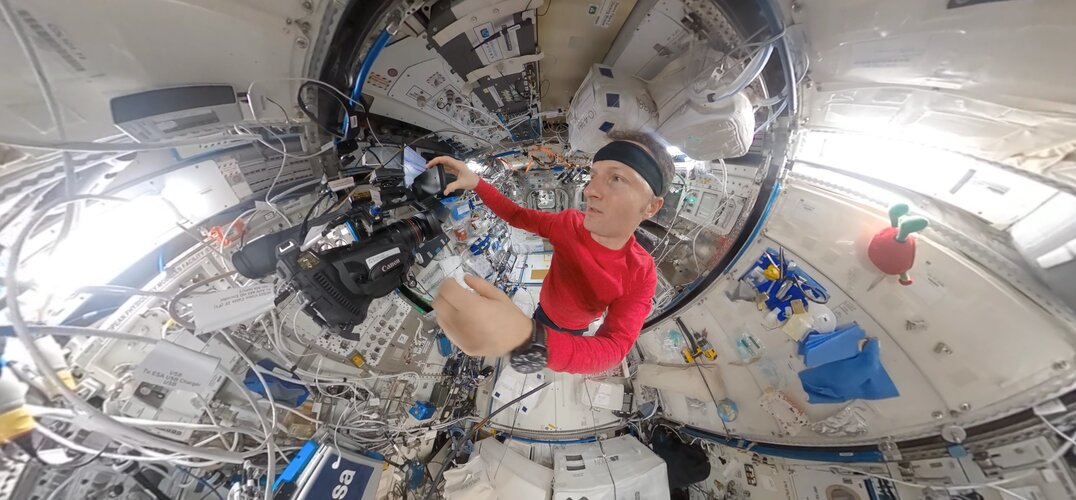 Video:
00:01:25
Video:
00:01:25
Scientist, engineer, test subject and tradesperson – astronauts in orbit wear many different hats. In this 360° timelapse, ESA astronaut Matthias Maurer works to repair a faulty valve behind EXPRESS-Rack 3.
Water On-Off Valve 8 (WOOV-8), along with WOOV-6 and WOOV-7, determines whether the cooling water of Europe’s Columbus module flows through, or bypasses, the heat exchange system that transfers waste heat to downstream cooling circuits outside the International Space Station. The valve has been a problem child for ground teams and astronauts for the past few years and was first replaced during a complicated operation in 2013.
New center to coordinate work to mitigate effect of satellite constellations on astronomy
Saturday, 05 February 2022 13:27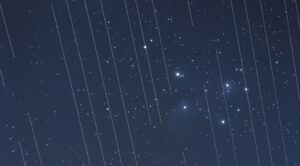
The International Astronomical Union (IAU) is establishing a center to help astronomers deal with the adverse effects of satellite constellations.
The post New center to coordinate work to mitigate effect of satellite constellations on astronomy appeared first on SpaceNews.
SpaceX, NASA looking into sluggish chutes on last 2 flights
Saturday, 05 February 2022 09:10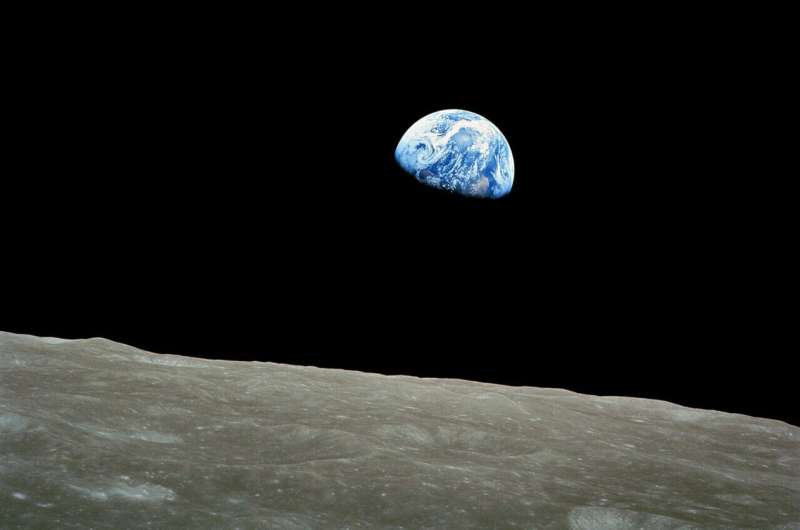
SpaceX and NASA are investigating a parachute issue that occurred on the last two capsule flights.
One of the four main parachutes was slow to inflate during the return of four astronauts to Earth last November. The same thing happened last week as a Dragon cargo capsule was bringing back science experiments from the International Space Station. In both cases, the sluggish parachute eventually opened and inflated—although more than a minute late—and the capsules splashed down safely off the Florida coast.
Officials for SpaceX and NASA said Friday they want to better understand what's happening, especially before launching another crew in a month or two. They're looking at photographs and inspecting the parachutes for clues, taking "extra caution with this very critical system," said Steve Stich, manager of NASA's commercial crew program.
"We're not taking anything for granted," SpaceX's William Gerstenmaier, a former NASA official, told reporters.
SpaceX's first private flight to the space station, with three ticket-buying businessmen and their retired astronaut escort, is set to blast off from NASA's Kennedy Space Center on March 30. NASA's next astronaut ferry flight would follow on April 15.
Lack of critical skilled workers delays first ViaSat-3 launch to late summer
Friday, 04 February 2022 21:38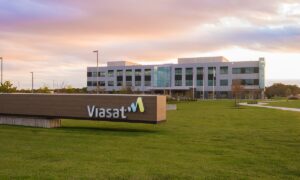
A shortage of skilled workers has pushed the launch of the first ViaSat-3 broadband satellite from the first half of 2022 to “late summer,” Viasat said Feb. 3 as the pandemic continues to disrupt the industry’s supply chains.
NASA and SpaceX say lagging Dragon parachute may be normal phenomenon
Friday, 04 February 2022 17:48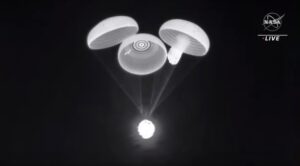
NASA and SpaceX are studying why parachutes on two consecutive Dragon missions opened late but said they don’t believe the issue poses a safety risk.
The post NASA and SpaceX say lagging Dragon parachute may be normal phenomenon appeared first on SpaceNews.
NASA, NOAA to get new weather eyes in the sky with March launch from Cape Canaveral
Friday, 04 February 2022 15:10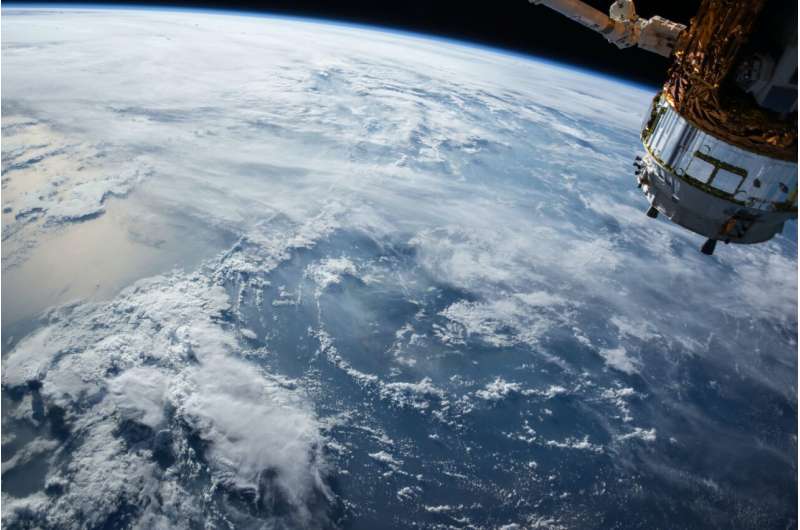
Soon, weather scientists will have an even stronger pair of eyes in the sky once a new advanced weather satellite launches this March.
The GOES-T, short for Geostationary Operational Environmental Satellite, is aiming for liftoff March 1 from Cape Canaveral Space Force Station on a United Launch Alliance Atlas V rocket thanks to a collaboration between the National Oceanic and Atmospheric Administration and NASA along with several other partners.
GOES-T, roughly the size of a small school bus, is the third in the GOES-R series of four advanced weather satellites. The value of GOES-T isn't exactly clear as the NOAA doesn't individually price out satellites one by one, said Pam Sullivan director of the GOES-R program. However, Sullivan did say the four-part project costs $11.7 billion.
"The value is returned to us public in benefits provided," Sullivan. "The observations of these satellites is even more critical now that the U.S. is experiencing a record number of billion dollar disasters."
Last year, dry and heated conditions led to an unprecedented amount wildfires in the northwest U.S. with thousands of acres burnt. Both Germany and China experienced historic flooding, and the Atlantic observed 21 named tropical systems—the third highest amount behind 2020′s 30 named storms and 2005′s 27 total.

